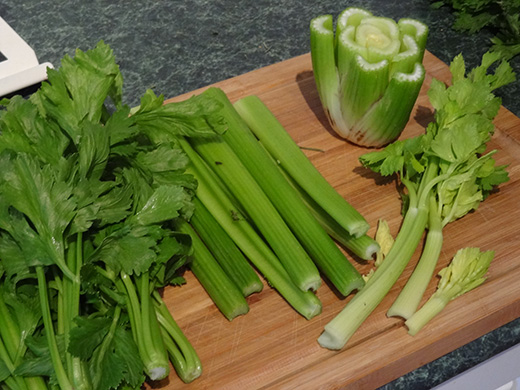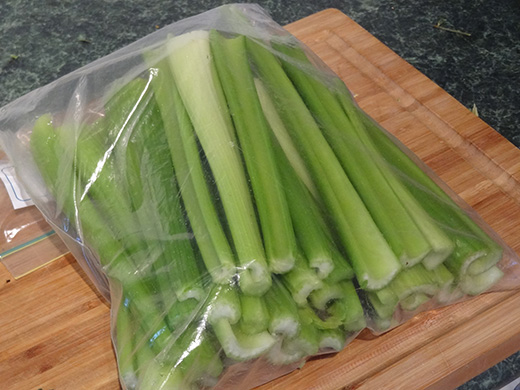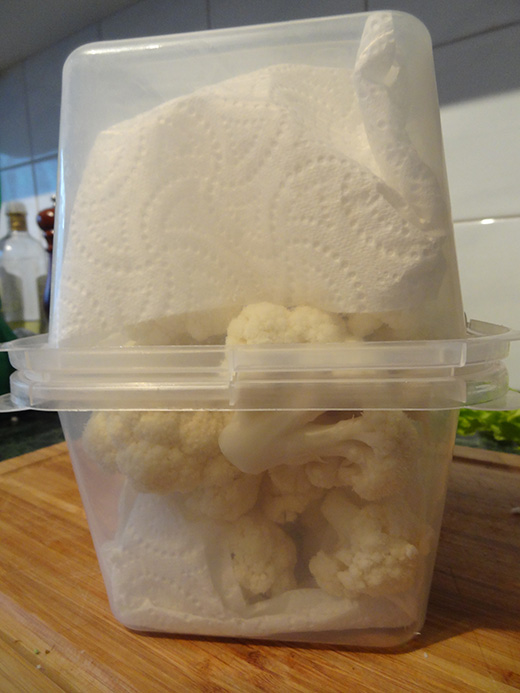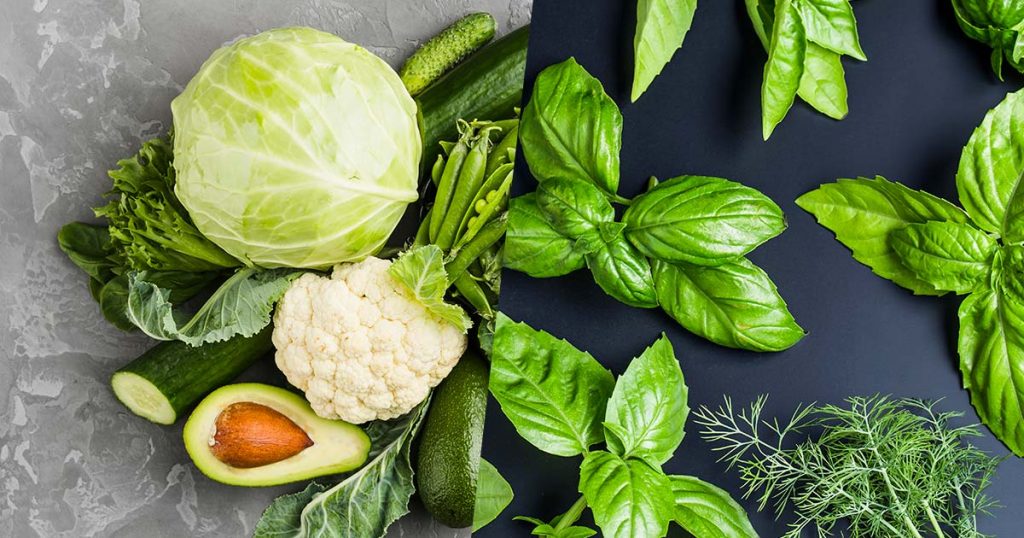I go to the markets every Sunday and buy lots of fresh fruit and vegetables to use over the whole week. I can’t stand buying produce from the supermarket, where it practically goes off as soon as I leave the store as if I’ve taken it off life support. Most vegetables generally only last 3-5 days, however I have found that by buying the freshest produce possible and storing it correctly, I can get a much, much longer life out of most ingredients. You don’t need to buy those freshness sachet gadgets to keep in your crisper, you just need to store your produce properly so you’re either giving it the moisture and air it needs, or taking away the moisture and air that will ruin it. Below are just a few of the ingredients that I find need to be stored well to extend their life.
How to Store Fresh Herbs
including parsley, basil, mint and coriander

Parsley needs a water, so it’s a lot like storing freshly cut flowers. Just pop it into a glass container with the stalks submerged by a couple of centimeters of water. Place a plastic bag over the top. It is best to secure this with a plastic band and keep it in the fridge, but I often can’t do this because the bunch is so huge, so I just leave it on my counter top. This does mean that some of the leaves will start to turn yellow after a few days, but by then I have usually used most of it anyway so I just give the rest to the bunnies!

I always wrap my basil, mint and coriander in dry paper towel and seal it in a plastic bag. Pretty much any leaf that tends to go black and slimy needs to have moisture removed from it. I have previously read that you should keep coriander in water like parsley (because it almost always has the root attached) so you could try that too. You can also wrap the coriander stalks/roots in damp paper towel and the leaves in dry, then store it in a plastic bag.


How to Keep Celery From Going Limp
If you put a bunch of celery in your fridge unwrapped, it will go soft within a day or two. Break down the celery into pieces: for me it’s 1) Outer leafy tops to the bunnies; 2) Root end to the compost bin; 3) Outer stalks in a sealed plastic bag in the fridge and 4) Inner stalks and leaves into stock.


How to Store Cauliflower and Broccoli
Cauliflower and broccoli store really well for over a week if you do it right. Typically broccoli and cauliflower that is exposed to air will go limp like celery, and the leafy bits will start to turn yellow like parsley does. I break down my cauliflower and broccoli into florets (the stalk goes to the bunnies or the compost) and store them in an airtight container with a dry paper towel on the bottom and the top. This draws any excess moisture out of the flowery bits so they don’t go slimy, and the eventual dampness of the paper towel then keeps it crisp and fresh (and also prevents the cauliflower from going brown).


How to Store Baby Spinach and other Leafy Greens
Moisture is the enemy of leafy greens. I store all my baby spinach, regular spinach, rocket and lettuces in the same way. They are very much like soft herbs – first I trim them all down and remove any stalks if required. I then line a sealable plastic bag with dry paper towel and place the greens in there. I expel all the air and seal it tightly (this is also handy to maximise fridge storage!). They will last longer if you change the paper towel after 3-4 days.
How to Store Kale
If you use kale in soups like I do, I find the easiest way to store it is to portion it up, remove the stalks, and freeze it in plastic bags. When you’re ready to use it, just take it out of the bag frozen, and you can crumble it up easily into soup.
How to Store Spring Onions and Leeks
To keep these perfectly fresh for a couple of weeks (or sometimes more!), wrap a damp paper towel around the root end, and wrap well in plastic wrap/cling film, or inside a plastic bag (one of the loose ones). Follow the same process with leeks (although I usually store mine in a large sealable plastic bag).
